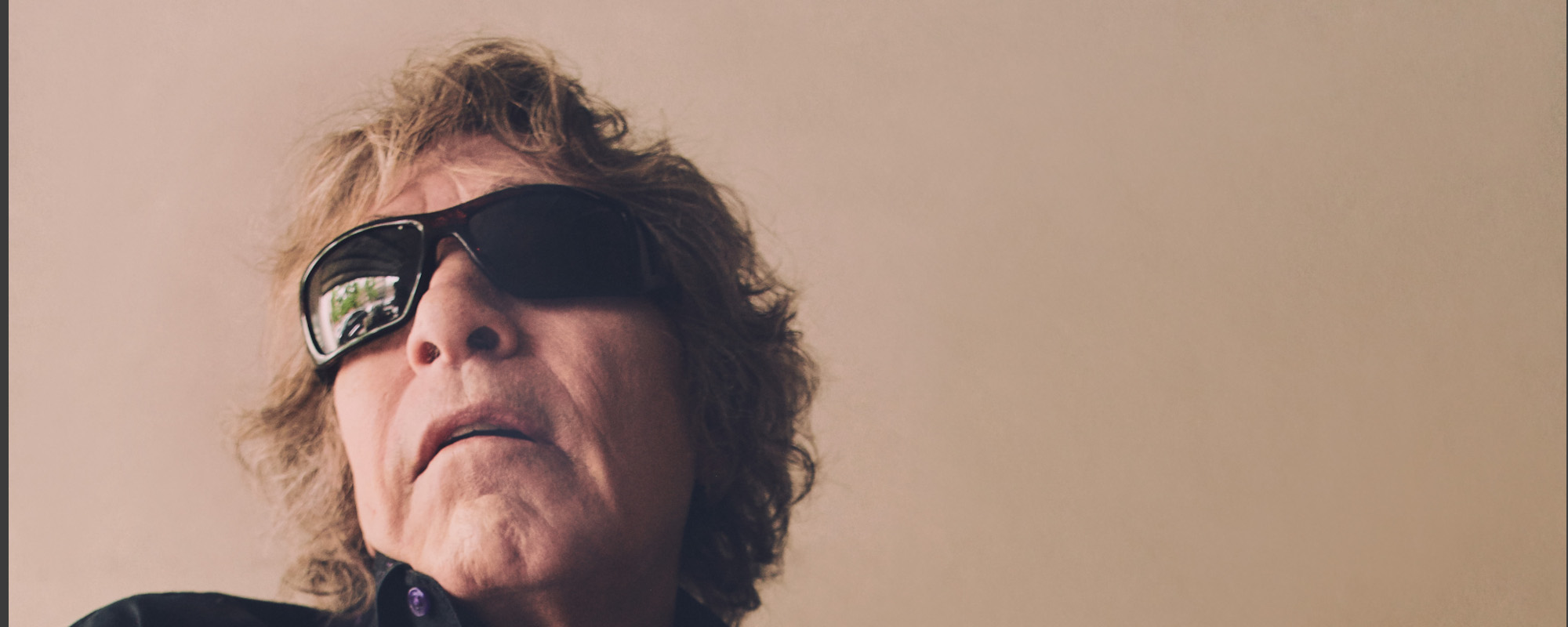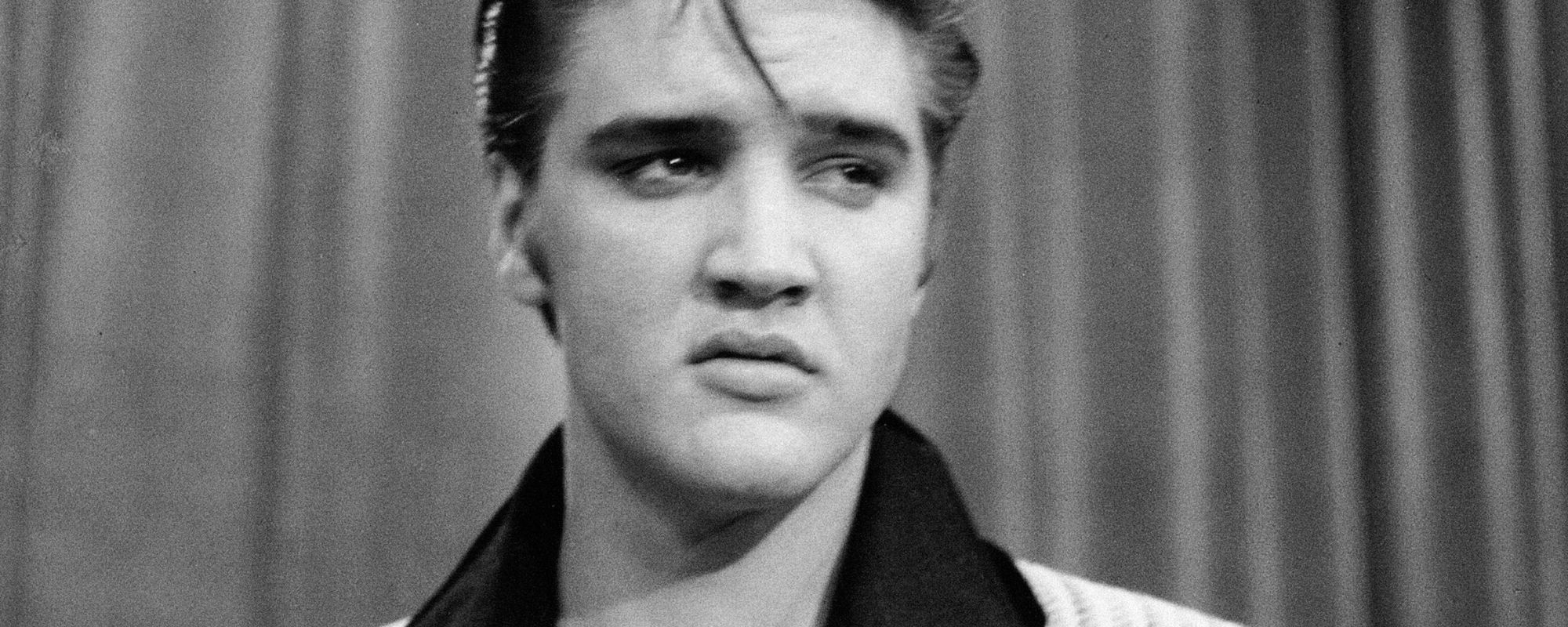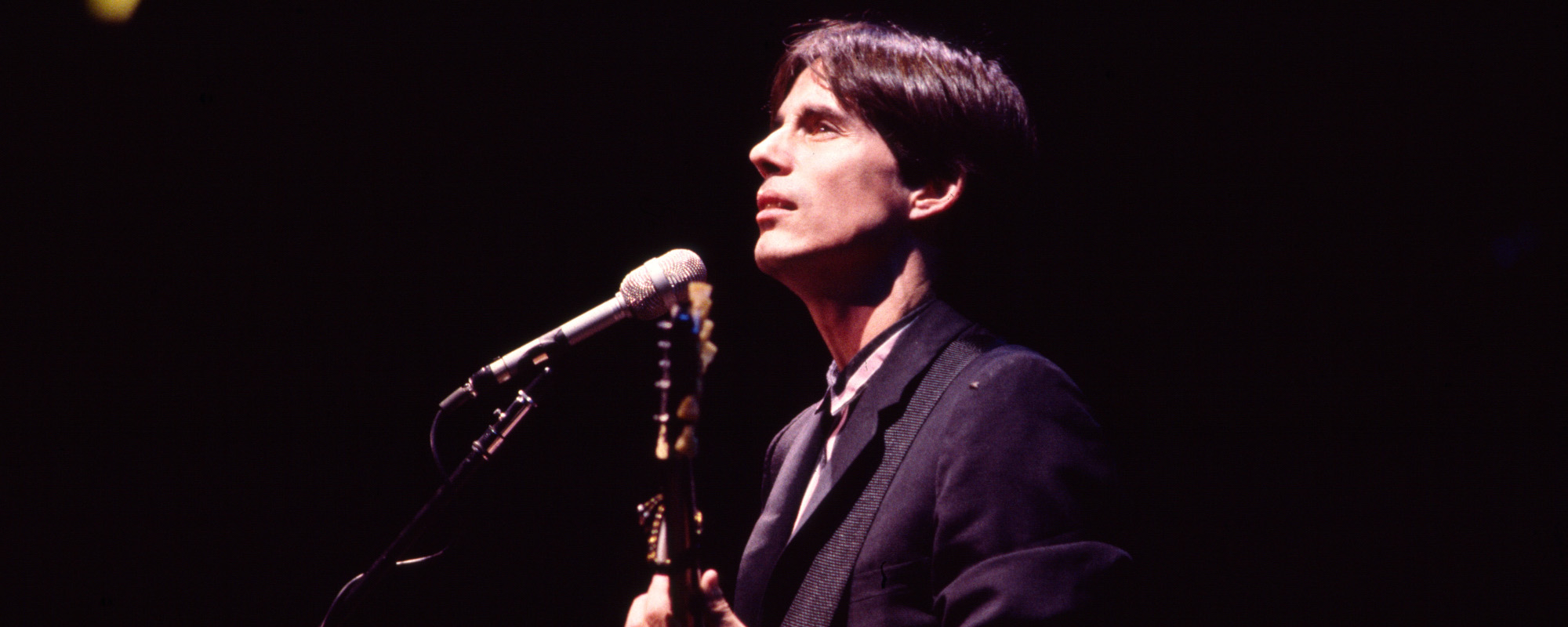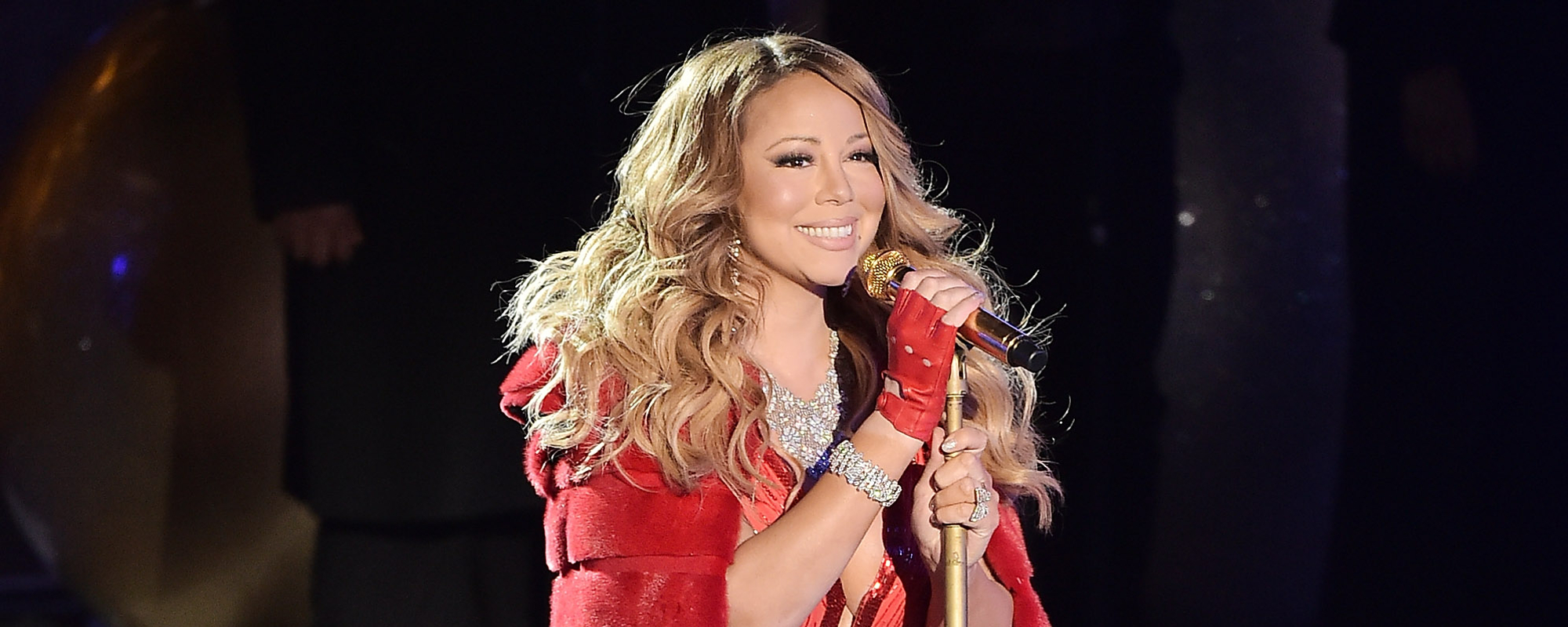Paul Simonon and Galen Ayers can’t stop laughing. Seated together at a table on Zoom, Ayers jokes that they’re now “roomies.” Simonon laughs, “Roomies?”
Videos by American Songwriter
The past several years have brought the longtime friends even closer with Ayers eventually moving into Simonon’s London home when the two began writing a mélange of songs for their collaborative debut, Can We Do Tomorrow Another Day? as Galen & Paul.
“We were both having personal situations we were trying to deal with, and we talked about me playing bass on her album,” Simonon shares with American Songwriter. “When I walked away, it just clicked in my head, ‘Why don’t we just work together now instead of waiting?’ We had known each other over the years and just said, ‘Let’s give it a go.’ Let’s be honest with each other about how you feel about this idea or that — most of it was talking.”
Ayers jokingly interjects, ”And we’re still talking.”
Can We Do Tomorrow Another Day? is an assortment of stories, sonically pegged to classical Spanish guitar, country-folk, punk and reggae backbeats.
“We have a lot of overlapping influences, and we were going through similar emotional landscapes at the time, along with COVID and navigating that,” says Ayers. “Each song had a different way of being birthed. Some of them were very straightforward, and it was just a question of rearranging, while some of them we started from scratch.”
In the beginning, Ayers would show up every day to Simonon’s place by midday, and leave by six or seven after writing. “We had no formula,” she says. “We just showed up, and when we were writing, we just had this great roundtable and mounds of words.”
Sometimes, Ayers would play something on the guitar, which would spark something for Simonon —and vice versa. “We were just responding to each other, really,” says Simonon. “We just made it up as we went along. The key is to be really honest with each other and say, ‘Oh, I think that’s rubbish’ if you think it is.”
For Simonon, the songs first started formulating when he relocated to Mallorca, Spain, following the lockdown in 2020. Set in the town of Palma, he began focusing on his other love – painting – and also found himself busking again. No stranger to playing music on the streets, Simonon and his former bandmates in The Clash revisited these barer “performances” on their “busking tour” in 1985, shortly before disbanding in ’86. The impromptu performances, in front of cafes or wherever he could set up, triggered some songs, which Simonon shared with Ayers once he returned to London.

Touched up with more classical riffs, Can We Do Tomorrow Another Day? captures the old-world timbre on several tracks in Spanish, including “Hacia Arriba,” “No Es Necesario,” and “Mi Camino.”
Living in Mallorca also inspired the wistful “Room at the Top,” a subtle homage to Polish composer Frédéric Chopin. The late composer pilgrimaged to Mallorca for an ill-fated romance with novelist Aurore Amantine Dupin Dudevant, known by her male pen name George Sands, in the late 1830s.
To capture the right sound on the track, Simonon called on keyboardist Dan Donovan — who formed Big Audio Dynamite nearly 40 years earlier with former Clash guitarist Mick Jones. Simonon wanted to tap into the country-pop rock and roll sound of Del Shannon. Donovan, who plays a vintage Farfisa keyboard on the track, investigated the sound more and gave Simonon and Ayers a better base to write around.
There’s a painting on the wall that hides behind a curtain / The hand of Chopin plays her melody, sing Simonon and Ayers in unison on the track. “There is a painting here that has a curtain over it,” says Simonon, referencing his London home studio.
“Everything around us all seemed to naturally go into the songs and lyrics from walking up the staircase with the candle,” Simonon jokes. “We do have electricity, by the way.”
More humor follows on mostly improvised “I’ve Never Had a Good Time in Paris,” following some minor gripes about the Parisian capital — You can never get a taxi in Paris — and fondness. It’s a very pretty city and the girls are pretty tres chic, sings Simonon to Ayers’ You said that about the girls in Rome and their united, We like it when they sing ‘Oo-la-la’ before closing on wittier ad-libs.
“The familiarity that comes across in the conversation isn’t put on,” says Ayers. “In the end, when we’re just riffing, that’s one take with us just giggling.”
In the closing “A Sea Shanty,” featuring an intro by Damon Albarn on melodica, Simonon gives a nod to one of his favorite actors, Robert Newton, who played Long John Silver in the 1950 film Treasure Island and popularized the fictionalized accent of a pirate. “I found out more about him, and he’s like the Patron Saint of Pirates,” says Simonon. “Once a year [September 19] people everywhere around the world celebrate International [Talk Like A] Pirate Day, and everyone adopts his accent.”
The 10 songs come down to observations and events that took place, in one form or another, says Simonon, including the opening spaghetti western-tipped “Lonely Town.”
“This is something that’s happening worldwide,” he says. “Suddenly the pub closes, the post office closes, and the bank has gone out of business. They’ve become these sort of ghost towns, other than the summer when the people that bought up the properties move in as part-time dwellers.”
Other songs were more personal, says Ayers. “There were emotions that at the time needed to be transmuted and expressed,” she shares. “I think worldwide, there was a lot of growth, around the relationship with one’s self, and relationships in general. There was a lot of time to reflect on different values, on what mattered, and on what didn’t, so that obviously is going to change the way you act in your world. We were happy we had music, individually and collectively, to go through these things, experience them, look at them in different ways, and hopefully create something positive.”
Simonon adds, “It’s finding solace in the songwriting, and spitting out emotions and feelings into lines to get it out of your head and make sense of things.”
For Ayers, who is also bilingual and grew up speaking Spanish, part of Can We Do Tomorrow Another Day? was an exercise in singing in her native tongue.
“It was a big learning curve in terms of songwriting, and also in performance, because the vowels are much wider, and you have to work on the tempo and the cadence much more,” she says. “Then, translation was a whole other challenge. We spent a lot of time reflecting on what our version of the translation was for each.”
Lyrics are something she and Simonon “share a love for — having fun with words,” she says. Simonon adds, “and the possibilities of two words coming together and what they can mean.”
The album is filled with stories, ascending to its title, a phrase Ayers misheard and made her own. On a tour of the Temple of the Muses in London, Ayers overheard a tired little girl, leaning on her mom, say something that sounded like, “Can we do tomorrow another day?”

“I thought this is what the little girl was saying to her mom,” laughs Ayers. “It makes sense. It’s escapism with some responsibility. We can do this, but can we schedule it … for another day.”
For Galen, who previously released her album, Monument, in 2018, a collection of songs she wrote while still mourning the death of her father, the late singer-songwriter and Soft Machine bassist Kevin Ayers, who died in 2013, the connection with Simonon and their collaborations fell in perfect timing.
“There was this catharsis happening that, in itself, made me grow as a person, because you metabolize all the emotions, and you see them with a bit more objectivity, and are not so swamped by them,” shares Ayers. “One of the things I really appreciate about Paul’s writing style and sensibilities is his an ability to be able to go inward and outward in the lyrics. He can be really detailed about London [”It’s Another Night’], or a scenario that he’s experiencing, and the way he sees it, and what he thinks about it, so that helped me be more flexible in that terms.”
Ayers says she never thought about incorporating reggae into a song before working with Simonon, and it’s woven into another one of their Spanish songs “Esmeralda.”
“It’s a new journey for both of us,” says Simonon. “The fact that we’re working together and discussing ideas and sharing these thoughts, things just sparked naturally.”
These days, Simonon is not too precious about things, specifically songs. “If you’re too precious about it then you need to turn the page,” he says. “At the end of the day, it’s always information in the back of your mind, and it might come back in another way. It’s not time wasted, put it that way.”
Focused mostly on his art over the past several years, Simonon recently showcased the piece that came out of his two years, half spent in Mallorca and the other in London during the lockdown in his 2022 exhibit, Two Years: London & Mallorca, in 2022.
“I sort of stopped music completely and just focused on what I did before music, which was I always wanted to be a painter,” says Simonon of his creative sojourn during the pandemic. “In a way it’s sort of interesting, because these days, I view painting as a poem in paint. While you’re looking at things and painting, it’s the same thing as writing really. I obviously learned a lot from Joe Strummer and Mick Jones, but it’s also about finding your own voice. I was fortunate. I think I knew my voice quite early on.”
Photo: Todd Oldham / Courtesy of Sony Music













Leave a Reply
Only members can comment. Become a member. Already a member? Log in.